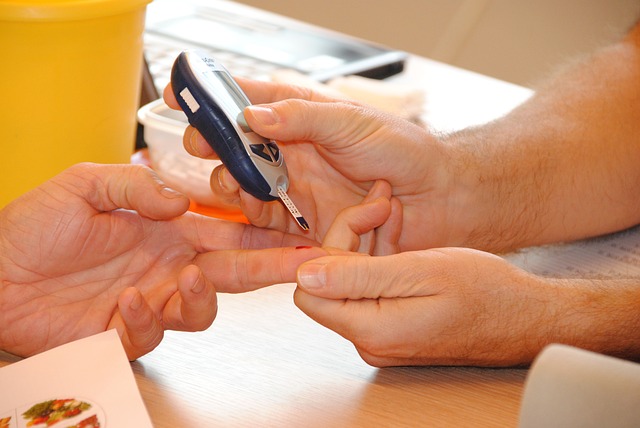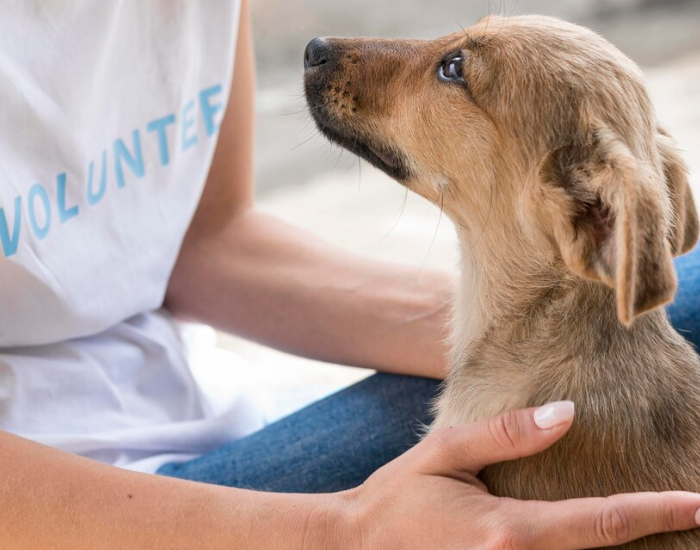For individuals with phobias, daily life can be a constant struggle. Even the simplest tasks, such as going to the grocery store or riding on public transportation, can be a source of overwhelming anxiety and fear. Psychiatric assistance dogs are specially trained to provide support and comfort to individuals with mental health conditions, including phobias. In this blog post, we will explore how to get a psychiatric assistance dog for phobia support, including the requirements, application process, training, and ongoing care.
What is A Psychiatric Assistance Dog?
A psychiatric assistance dog, also known as a psychiatric service dog, is a specially trained dog that provides assistance to individuals with mental health conditions, including phobia. These dogs are trained to perform specific tasks that help their handlers manage the symptoms of their mental health condition.
Psychiatric assistance dogs are trained to perform various tasks such as:
1. Alerting their handlers to the onset of a panic attack or other symptoms of their phobia.
2. Creating a physical barrier between their handlers and strangers, which can help to reduce anxiety.
3. Providing tactile stimulation, such as licking or nuzzling, which can help to calm their handlers during moments of distress.
4. Retrieving medication or other items needed to manage their phobia symptoms.
5. Accompanying their handlers to public places, which can help to increase their sense of safety and security.
Psychiatric assistance dogs are often trained to perform tasks that are specific to their handlers' individual needs. For example, if an individual has a fear of heights, their psychiatric assistance dog may be trained to provide physical support or comfort during moments of distress in high places.
How to Get A Psychiatric Assistance Dog for Phobia Support
Getting a psychiatric assistance dog for phobia support involves several steps, including:
1. Obtaining a Diagnosis of Phobia
The first step in getting a psychiatric assistance dog for phobia support is to obtain a diagnosis of phobia from a licensed mental health professional. A diagnosis of phobia is typically made based on a comprehensive mental health assessment that includes a review of the individual's symptoms, medical history, and any other relevant information.
2. Identifying the Need for a Psychiatric Assistance Dog
After obtaining a diagnosis of phobia, the next step is to identify the need for a psychiatric assistance dog. This involves working with a licensed mental health professional to determine whether a psychiatric assistance dog would be an appropriate treatment option for the individual's phobia.
3. Choosing a Training Program
Once the need for a psychiatric assistance dog has been identified, the next step is to choose a training program. There are several organizations that train psychiatric assistance dogs, and it is important to choose a program that is accredited and meets the individual's specific needs.
4. Applying for a Psychiatric Assistance Dog
After choosing a training program, the individual must apply for a psychiatric assistance dog. The application process typically involves completing an application form, providing documentation of the individual's diagnosis and treatment plan, and undergoing an interview with the training program.
5. Completing Training with the Psychiatric Assistance Dog
Once the application has been approved, the individual and their psychiatric assistance dog must complete a training program. This typically involves several weeks of intensive training that focuses on teaching the dog to perform specific tasks to assist the individual with their phobia.
6. Certification and Registration
After completing the training program, the psychiatric assistance dog must be certified and registered. Certification typically involves passing a test that demonstrates the dog's ability to perform specific tasks related to the individual's phobia. Registration involves obtaining a certificate that identifies the dog as a psychiatric assistance dog and provides legal protection for the individual and their dog.
Register Here: Psychiatric Assistance Dog Regisration
Benefits of Having a Psychiatric Assistance Dog for Phobia Support
There are several benefits to having a psychiatric assistance dog for phobia support, including:
1. Increased Sense of Security and Independence
One of the primary benefits of having a psychiatric assistance dog for phobia support is an increased sense of security and independence. These dogs are trained to provide support and assistance to their handlers in public places, which can help to increase their sense of safety and security. Additionally, having a psychiatric assistance dog can increase an individual's independence by enabling them to engage in activities that they may have previously avoided due to their phobia.
2. Improved Emotional Regulation
Phobia can be a highly emotional experience, and individuals with phobia often struggle to regulate their emotions during moments of distress. Psychiatric assistance dogs are trained to provide emotional support to their handlers, which can help to regulate their emotions and reduce the severity of their symptoms.
3. Increased Socialization
Phobia can significantly impact an individual's ability to socialize and engage in daily activities. Psychiatric assistance dogs can help to increase socialization by providing a source of comfort and support in public places, enabling their handlers to engage in activities that they may have previously avoided due to their phobia.
4. Improved Quality of Life
Overall, having a psychiatric assistance dog for phobia support can significantly improve an individual's quality of life. These dogs provide assistance and support that enables their handlers to manage their symptoms more effectively and engage in daily activities with greater ease and comfort.
Costs and Considerations
While there are significant benefits to having a psychiatric assistance dog for phobia support, it is important to consider the costs and other factors involved in obtaining and caring for a psychiatric assistance dog. Some of the costs and considerations to keep in mind include:
1. Training and Certification Costs
The cost of training and certifying a psychiatric assistance dog can vary widely, ranging from several thousand dollars to tens of thousands of dollars. It is important to carefully research different training programs and consider the cost of the program before applying.
2. Veterinary and Care Costs
Caring for a psychiatric assistance dog requires ongoing veterinary care and other expenses, including food, grooming, and supplies. These costs can add up quickly and should be carefully considered before obtaining a psychiatric assistance dog.
3. Lifestyle Changes
Having a psychiatric assistance dog can require significant lifestyle changes, including modifications to living spaces and routines. It is important to consider whether these changes are feasible and sustainable before obtaining a psychiatric assistance dog.
4. Legal Considerations
Psychiatric assistance dogs are considered service animals under the Americans with Disabilities Act (ADA) and are entitled to certain legal protections. It is important to understand these legal protections and ensure that the dog is properly registered and certified as a psychiatric assistance dog.
Conclusion
Phobia can be a debilitating condition that significantly impacts an individual's quality of life. Psychiatric assistance dogs are a highly effective treatment option for phobia, providing support and assistance to individuals in managing their symptoms and improving their overall well-being. While obtaining a psychiatric assistance dog for phobia support requires careful consideration and planning, the benefits of having a psychiatric assistance dog can be life-changing for individuals with phobia.












